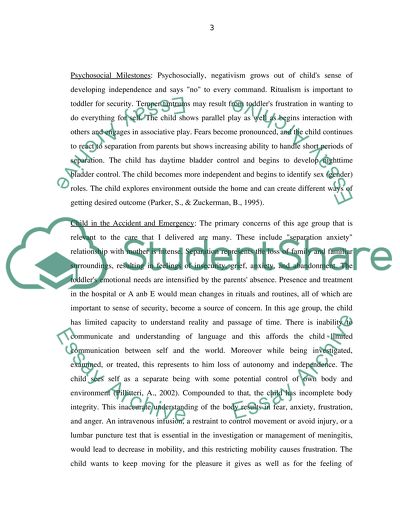Cite this document
(“Care of the Child within Accident and Emergency Case Study”, n.d.)
Care of the Child within Accident and Emergency Case Study. Retrieved from https://studentshare.org/miscellaneous/1516909-care-of-the-child-within-accident-and-emergency
Care of the Child within Accident and Emergency Case Study. Retrieved from https://studentshare.org/miscellaneous/1516909-care-of-the-child-within-accident-and-emergency
(Care of the Child Within Accident and Emergency Case Study)
Care of the Child Within Accident and Emergency Case Study. https://studentshare.org/miscellaneous/1516909-care-of-the-child-within-accident-and-emergency.
Care of the Child Within Accident and Emergency Case Study. https://studentshare.org/miscellaneous/1516909-care-of-the-child-within-accident-and-emergency.
“Care of the Child Within Accident and Emergency Case Study”, n.d. https://studentshare.org/miscellaneous/1516909-care-of-the-child-within-accident-and-emergency.


